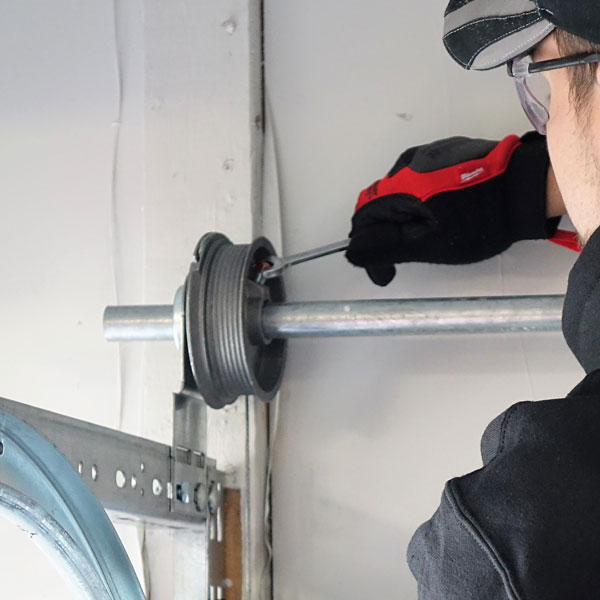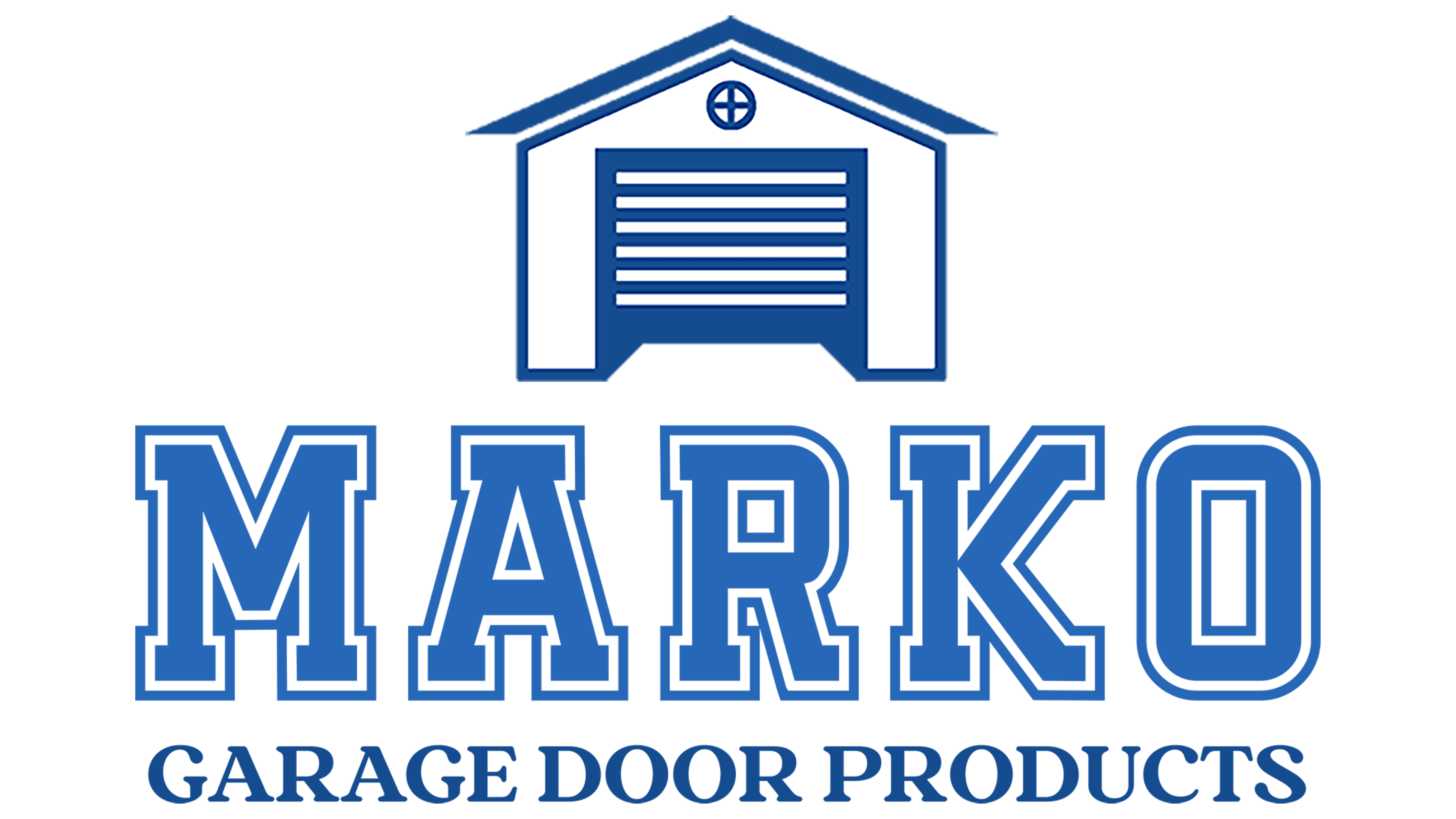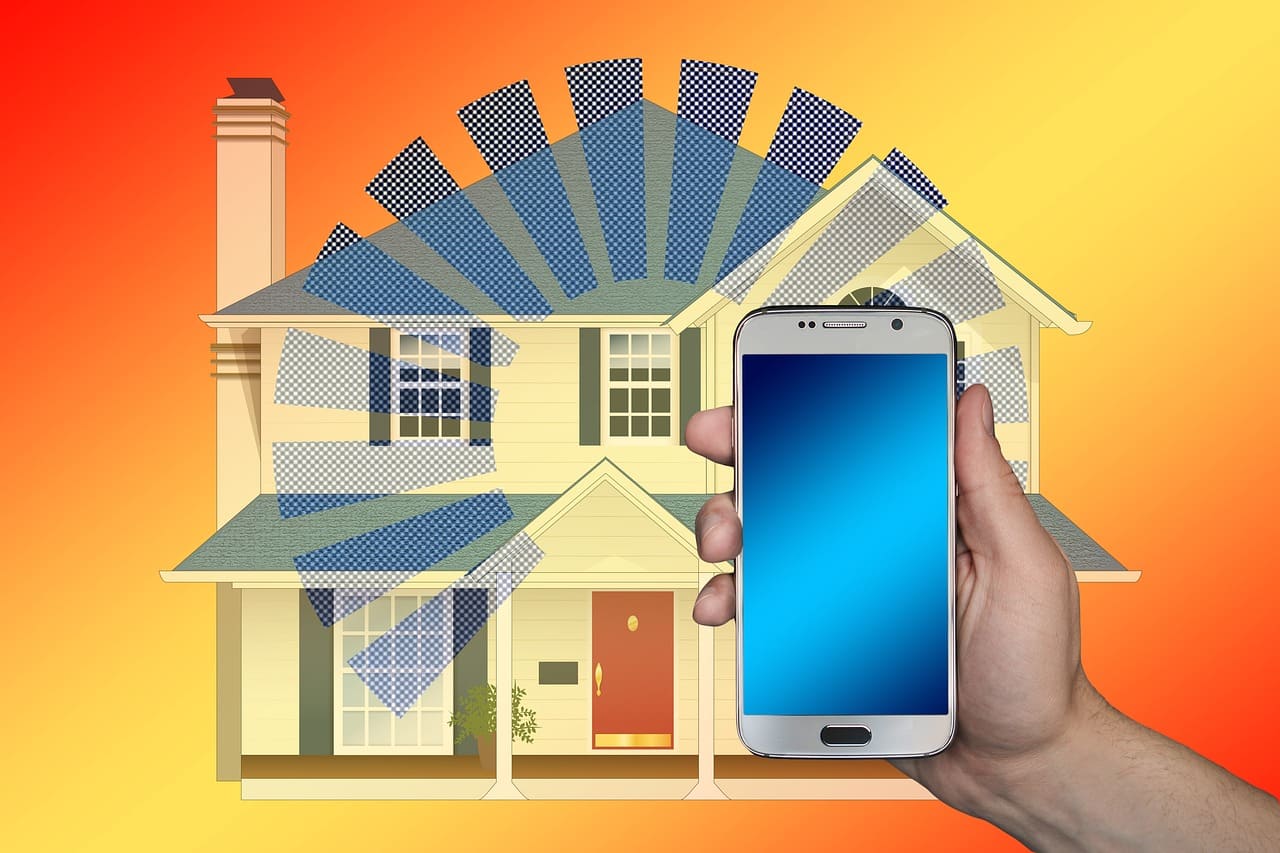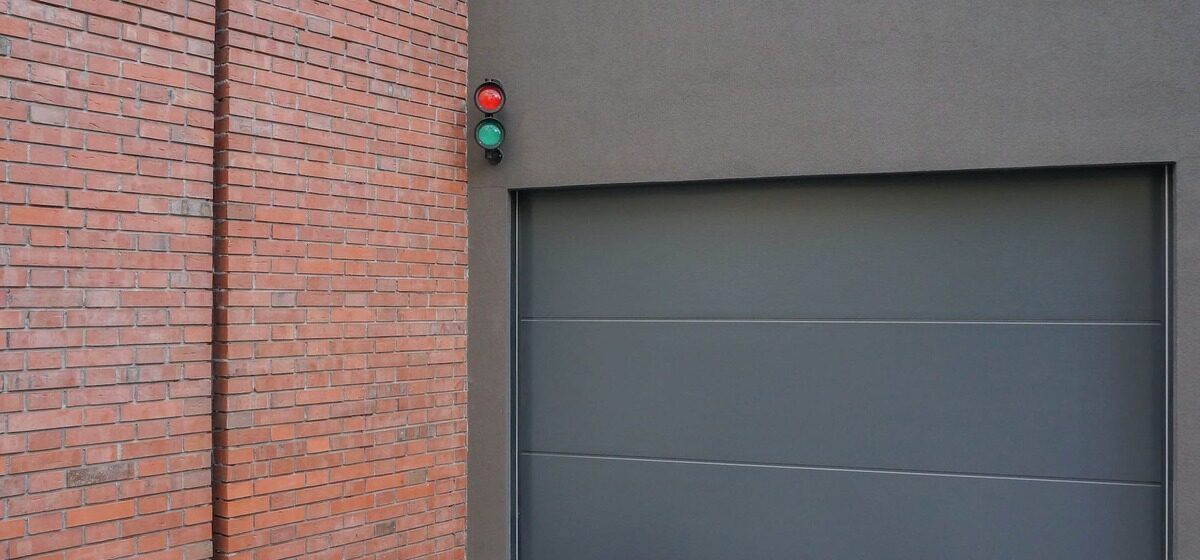Garage doors play a crucial role in safeguarding our homes and providing convenient access to our vehicles. One of the common issues many homeowners face is with their garage door rollers. In this article, we’ll delve into the intricacies of garage door roller issues, discussing both repairs and replacements.
Understanding Garage Door Rollers
Before we dive into addressing roller issues, let’s establish what garage door rollers are and their significance in the overall functionality of your garage door. Garage door rollers are small wheels attached to the door’s sides and move within the tracks, facilitating smooth opening and closing.
Garage doors are a fundamental component of our homes, offering security and convenience. At the heart of their smooth operation are garage door rollers. Let’s delve into the nuances of these often-overlooked yet crucial elements, understanding their role and significance.
Definition and Role of Garage Door Rollers
Garage door rollers are small wheels typically attached to the sides of the garage door. Their primary function is to move within the tracks, allowing the door to glide open and close seamlessly. Think of them as the unsung heroes that bear the weight and enable the smooth movement of your garage door.
Types of Garage Door Rollers
Not all garage door rollers are created equal. There are various types available, each with its own set of characteristics. The two main categories are:
- Nylon Rollers: Known for their quiet operation, these rollers are popular for reducing noise during the opening and closing of the garage door.
- Steel Rollers: Sturdy and durable, steel rollers are capable of handling heavier doors. They are often chosen for their strength and longevity.
Understanding the type of rollers your garage door utilizes is essential for proper maintenance and addressing potential issues.
Signs of Roller Issues
Just like any other mechanical component, garage door rollers can encounter problems over time. Recognizing the signs of roller issues is crucial for timely intervention and preventing further damage to your garage door.
- Unusual Noises During Operation. One of the most common indicators of roller problems is the presence of unusual sounds during the door’s operation. Grinding, squeaking, or scraping noises may suggest issues with the rollers moving smoothly along the tracks.
- Difficulty in Opening or Closing the Door. If you find your garage door suddenly resistant to movement or if it gets stuck during operation, it could be a sign of roller issues. This may indicate misalignment, wear, or damage to the rollers.
- Visual Inspection for Wear and Tear. Regular visual inspections are vital. Look for signs of wear and tear on the rollers. Cracks, chips, or uneven wear patterns are red flags that shouldn’t be ignored.
Identifying roller issues early is key to preventing further damage to your garage door. Keep an ear out for unusual noises during operation, and pay attention to any difficulty in the door’s movement. Visual inspections, looking for signs of wear and tear, are equally crucial.
Causes of Roller Problems
Understanding what leads to roller issues is key to preventing them. Let’s explore some common causes that might compromise the functionality of your garage door rollers.
Lack of Lubrication
Proper lubrication is essential for the smooth movement of garage door rollers. Over time, the lack of lubrication can result in increased friction, leading to wear and compromised performance.
Normal Wear and Tear
As with any moving part, garage door rollers undergo natural wear and tear over time. Regular usage and exposure to the elements contribute to the gradual deterioration of the rollers.
Misalignment Issues
Misalignment can occur due to various reasons, such as an impact or shift in the garage door’s structure. Misaligned rollers can cause the door to move unevenly or become jammed.
In the subsequent sections, we’ll explore practical solutions, including do-it-yourself maintenance tips and professional interventions, to address these roller issues effectively.
Stay tuned for insights into maintaining and repairing your garage door rollers, ensuring they continue to operate smoothly for years to come.

DIY Roller Maintenance Tips
Maintaining your garage door rollers through simple do-it-yourself (DIY) tasks is not only cost-effective but also crucial for ensuring the longevity and smooth operation of your garage door. Here are practical tips to keep your rollers in top condition:
1. Regular Lubrication
Why is it important? Proper lubrication reduces friction between the rollers and the tracks, preventing premature wear and ensuring smooth movement.
How to do it: Apply a small amount to the rollers, hinges, and tracks. Ensure even distribution and wipe off any excess to prevent accumulation of dirt.
2. Visual Inspections
Why is it important? Regular visual inspections help identify early signs of wear, damage, or misalignment, allowing for timely intervention.
How to do it:
- Close Inspection: Examine each roller closely for cracks, chips, or uneven wear.
- Track Alignment: Ensure the tracks are aligned correctly and tighten any loose bolts or screws.
- Cleanliness: Keep the tracks clean from debris and dirt.
3. Tightening Loose Hardware
Why is it important? Loose hardware can contribute to misalignment issues and increased stress on the rollers.
How to do it: Regularly check and tighten any loose bolts, nuts, or screws on the garage door, including the roller brackets.
4. Balancing the Door
Why is it important? A well-balanced door puts less strain on the rollers and ensures even wear.
How to do it:
- Disconnect the Opener: Ensure the garage door is in the closed position and disconnect the opener.
- Manual Operation: Lift the door manually to check if it moves smoothly. If not, there may be an issue with the balance that requires professional attention.
5. Weather Stripping Maintenance
Why is it important? Proper weather stripping prevents moisture and debris from affecting the rollers and tracks.
How to do it: Inspect the weather stripping around the garage door and replace any damaged or worn-out sections. This simple step can contribute to the overall protection of your garage door system.
6. Clearing Debris
Why is it important? Accumulated debris in the tracks can obstruct the movement of the rollers and cause misalignment.
How to do it: Regularly clear the tracks of any leaves, dirt, or debris. Use a soft brush or cloth to wipe away any build-up.
By incorporating these DIY roller maintenance tips into your routine, you contribute to the optimal performance and increased lifespan of your garage door rollers. However, it’s essential to recognize when professional intervention is necessary, especially for more complex issues or repairs. In the next section, we’ll explore the signs that indicate it’s time to call in the experts for a thorough inspection and potential repairs.

Garage Door Roller Repair Process
When opting for professional help, understanding the repair process is vital. Professionals typically conduct a thorough inspection, decide on roller repair or replacement, and perform rigorous testing after the fixes.
Upgrading to High-Quality Rollers
Investing in premium garage door rollers might seem costly initially, but the long-term benefits and cost savings make it a wise choice.
DIY Roller Replacement Guide
For those inclined towards DIY projects, a step-by-step guide on replacing garage door rollers provides the necessary insights and precautions.
Choosing the Right Replacement Rollers
When replacing rollers, consider factors such as material and compatibility to ensure a seamless upgrade.
Preventing Future Roller Issues
Implementing regular maintenance routines and scheduling professional inspections are essential in preventing future roller problems.
Common Misconceptions About Garage Door Rollers
Addressing common myths and misconceptions about garage door rollers ensures homeowners have accurate information for proper maintenance.
When to Call a Professional
While DIY maintenance is beneficial, there are instances when professional intervention is necessary. Assess the severity of roller issues, consider safety concerns, and prioritize timely repairs.
The Role of Professional Maintenance Services
Highlighting the significance of regular professional check-ups and tune-ups to extend the lifespan of your garage door.
In conclusion, addressing garage door roller issues requires a combination of proactive DIY maintenance and timely professional intervention. By understanding the signs, causes, and effective solutions, homeowners can ensure their garage doors operate smoothly for years to come.





